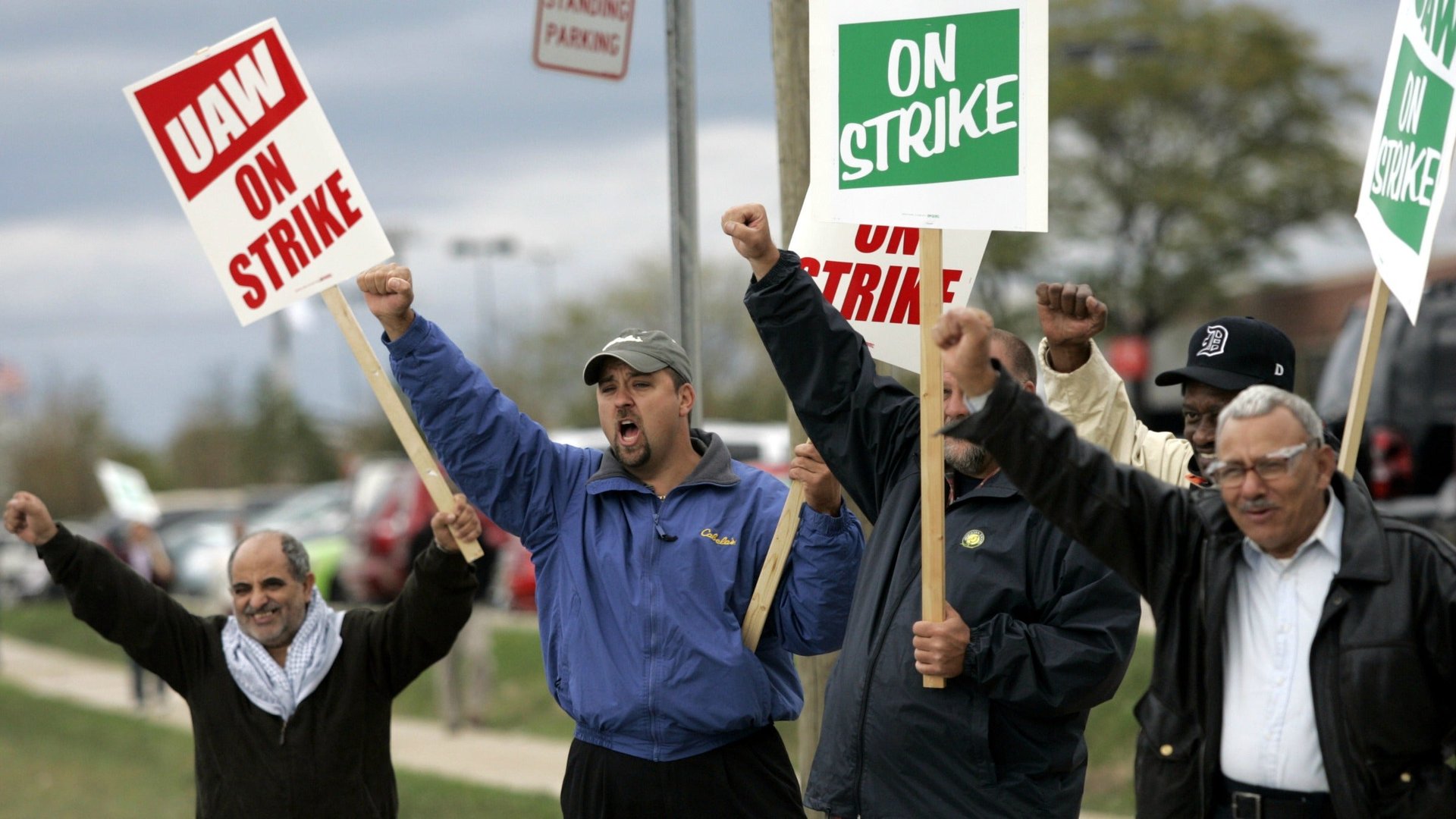The state of the union is weak: Young Americans are not joining unions anymore
The number of young Americans in unions is declining at twice the rate of all other workers.


The number of young Americans in unions is declining at twice the rate of all other workers.
Union members ages 16 to 24 fell 26% from 2002 to 2012, compared to an 11% overall decline in union membership, according to US Bureau of Labor Statistics data.
How to reconcile these statistics with the seemingly youthful look of protest movements, such as the recent fast-food strikes and Occupy Wall Street?
One reason, of course, has been the tough economy, which forced younger workers to take jobs as baristas or go to graduate school or leap into self-employment and startups. “Unfortunately young people have been hit really hard by the struggling economy and are still unemployed in large numbers and creating good jobs for them is a key part of the strategy,” says Amaya Tune-Smith, a spokeswoman for the AFL-CIO, the largest federation of unions in the US.
Indeed, the federation has been trying to recruit younger workers, such as targeting younger workers who work as teaching assistants or for retailers including H&M. Plus the organization is working with worker groups to raise the minimum wage for servers and bartenders, Tune-Smith said.
But the sectors that are most likely to be unionized—government workers, teachers and library jobs—may not appeal to 20-somethings. Young workers are more likely to land a job in technology or with a smaller company or in retail and restaurants, none of which has many unions, says Michelle Kaminski, an associate professor at Michigan State University who teaches labor courses.
Many of her undergraduate students are “young, bright and ambitious,” and expect their future employers will treat them well, she said. They see no reason they’d need a union, though that perspective could change after they experience workplace issues or unfair treatment, she added.
“Young workers move around from job to job a lot,” and don’t see themselves as connected to their job or employer, Kaminski said. The bottom line: Last year, only 4.2 % of the youngest workers were union members, compared to 11.3% of all US workers and almost 15% of workers ages 55 to 64.
While young people appear to be backing away from US unions, Latinos are embracing them. Union members of Hispanic descent grew by almost 21%, to 2 million members, from 2002 to 2012. Nurses and car wash workers in California and janitors and casino crew in other states have embraced unions, with a big bump in union membership in California last year.
Blacks are still more likely to be union members than other racial groups, but their numbers fell as state and local governments and school districts cut millions of jobs. The only other group with a gain in union membership was Asian Americans, with a 4% gain to 668,000 members in 2012.
Despite renewed activism—the fast food strikes keep growing, though some say they are doomed—the union movement is still not moving many 20-somethings. Even when a young person gets hired into a unionized workplace, they are less likely to sign up as members. According to BLS data, around 84% join and pay their union dues, compared to 90% or more of workers over 25.